Uneven Tyres Swerving: Your Car Suspension Warning Signs
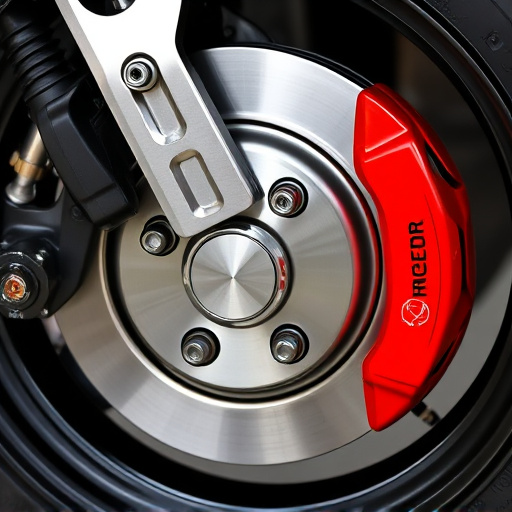
Uneven tire wear patterns signal issues with car suspension parts like worn-out or misaligned shock…….
Welcome to an extensive examination of car suspension parts—a critical yet often overlooked component in the automotive industry. This article aims to unravel the intricacies of this system, highlighting its global impact, technological advancements, and the challenges it faces. By delving into these aspects, we will offer readers a comprehensive understanding of why car suspension parts are not just mechanical components but integral elements shaping vehicle performance, safety, and comfort.
Definition: Car suspension parts encompass the various mechanisms and components that connect a vehicle’s wheels to its chassis, enabling it to navigate over uneven road surfaces while ensuring a comfortable ride for passengers. This system is a fusion of engineering precision and safety, as it not only enhances driving dynamics but also plays a pivotal role in collision mitigation.
Core Components:
Historical Evolution: The concept of car suspension has roots in the early 19th century when inventors sought to make rides smoother. The first rudimentary suspensions involved spring-loaded axles. However, significant advancements came with the introduction of independent front suspension systems in the late 1800s, which improved handling and safety. Modern suspension systems, characterized by precision engineering and advanced materials, have evolved to cater to the diverse needs of today’s vehicles, from sports cars to SUVs.
Car suspension parts are a global phenomenon, with manufacturers and suppliers spanning continents. The industry is heavily influenced by regional preferences for vehicle types, driving conditions, and safety standards, leading to unique trends in different parts of the world.
| Region | Trending Suspension Parts | Driving Factors |
|---|---|---|
| North America | Air suspension systems, adaptive dampers | Focus on luxury vehicles, off-road capabilities |
| Europe | Advanced coilover suspensions, active suspension | Strict safety regulations, diverse driving conditions |
| Asia | Cost-effective spring and strut assemblies, hydro-pneumatic suspensions | High density of vehicle ownership, compact car dominance |
| Emerging Markets (Latin America, Africa) | Basic spring and shock absorber systems, leaf springs | Affordability, rugged terrain |
International trade plays a significant role in the distribution of suspension parts, with many global manufacturers specializing in specific components. This has resulted in a robust supply chain, ensuring that automakers worldwide have access to high-quality parts. However, regional disparities in quality and safety standards remain a challenge, prompting ongoing efforts towards standardization.
The car suspension parts market is a vital component of the global automotive industry, with a significant economic impact. According to a 2022 report by ResearchAndMarkets, the global market size was valued at USD 74.5 billion in 2021 and is projected to grow at a CAGR of 7.2% from 2022 to 2030. This growth is attributed to several factors:
The field of car suspension technology has witnessed remarkable advancements, shaping the future of vehicle dynamics. These innovations not only enhance performance but also prioritize safety and fuel efficiency.
The development and use of car suspension parts are subject to various policies and regulations worldwide, ensuring safety, environmental sustainability, and consumer protection.
Despite its advancements, the car suspension parts industry faces several challenges that require innovative solutions.
Proposed Solutions:
Tesla’s Model S showcases the future of luxury car suspension with its advanced air suspension system. This technology offers precise control, allowing for unparalleled comfort and stability, even at high speeds. The system adjusts automatically to road conditions, providing a smooth ride while enhancing handling dynamics.
Mercedes-Benz introduced Active Suspension in the S-Class, setting a new benchmark for luxury vehicles. AHS uses electronic control units to adjust damping in real time, resulting in improved ride quality and dynamic handling. This system is an example of how advanced technology can revolutionize passenger comfort without compromising safety.
Volvo has long been renowned for its focus on safety, and their suspension systems are no exception. They utilize sophisticated sensors and electronic controls to optimize vehicle stability and reduce the risk of rollovers. Volvo’s commitment to safety through advanced suspension design is a testament to their dedication to protecting passengers.
The car suspension parts industry is poised for significant growth and transformation, driven by several emerging trends:
Car suspension parts are more than just mechanical components; they are the unsung heroes that ensure vehicles navigate roads with comfort, safety, and style. From their historical evolution to cutting-edge technological advancements, these parts have come a long way. As we look ahead, the industry faces challenges but also exciting prospects, including the integration of electric, autonomous, and connected technologies.
The global impact of car suspension parts is undeniable, with manufacturers and suppliers playing a crucial role in shaping the automotive landscape. By understanding and addressing the issues, the industry can continue to innovate, ensuring that vehicles of the future provide unparalleled driving experiences while adhering to stringent safety and environmental standards.
Q: How do I know if my car’s suspension needs replacement?
A: Signs of worn-out suspension include uneven tire wear, a bumpy ride, increased body roll during cornering, or a clunking noise from the front end. Regular maintenance checks can help identify issues early.
Q: What is the difference between coilover and stratified suspensions?
A: Coilovers (coiled springs with adjustable dampers) offer precise control and customization, while stratified suspensions (multiple spring rates in one assembly) provide a stiffer ride but less adjustability.
Q: Are there any environmental benefits to advanced suspension systems?
A: Yes, many modern suspensions use lightweight materials and efficient damping systems, reducing fuel consumption and minimizing the vehicle’s carbon footprint.
Q: Can I upgrade my car’s suspension without replacing the entire system?
A: Absolutely! You can add components like new shock absorbers, springs, or control arms to improve performance and handling without a complete overhaul.

Uneven tire wear patterns signal issues with car suspension parts like worn-out or misaligned shock…….
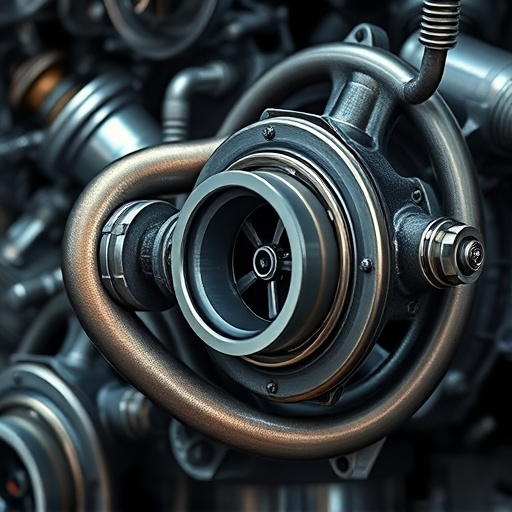
Car suspension parts, like springs, shock absorbers, and control arms, work together to ensure smoot…….

Off-road driving demands specialized car suspension parts for stability and durability on rugged ter…….
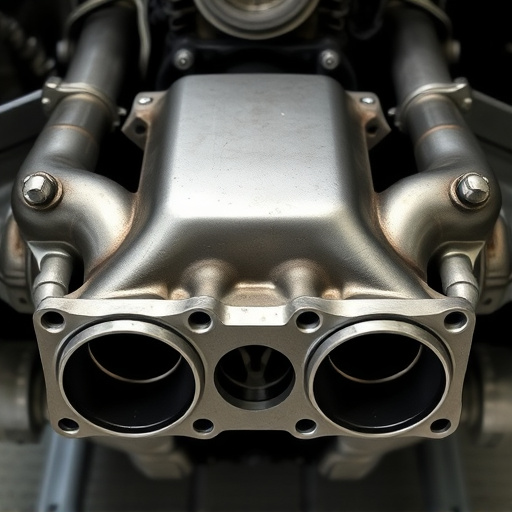
Inspect car suspension parts including springs, shock absorbers, control arms, bushings, and brake c…….
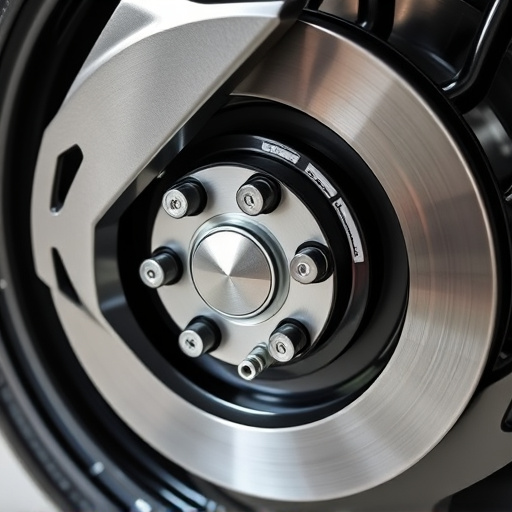
Car suspension parts like coilover kits, air intake systems, and brake rotors are crucial for smooth…….
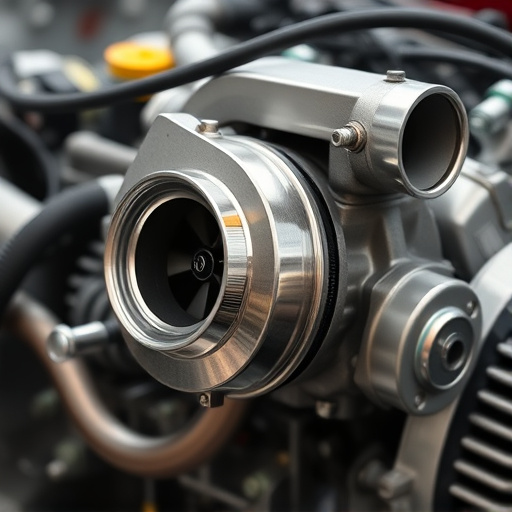
Heavy-duty vehicles demand enhanced car suspension parts for increased durability, weight handling,…….
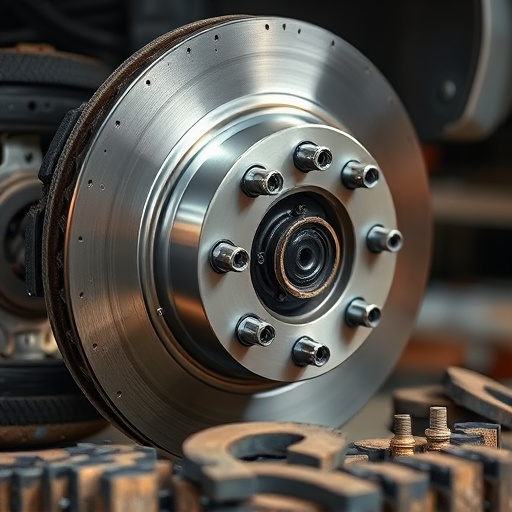
Car suspension parts, including springs, shocks, and struts, are vital for vehicle stability, handli…….
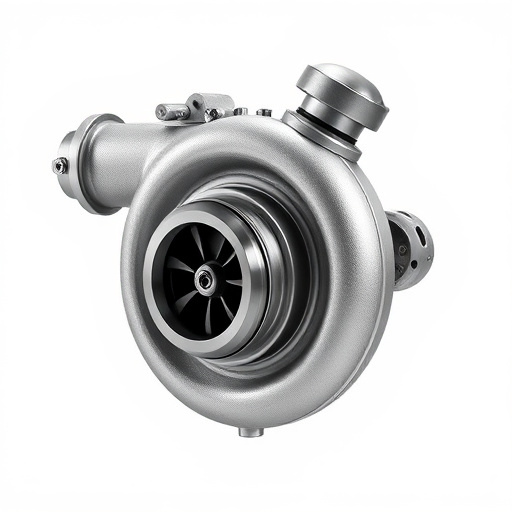
Car suspension parts are crucial for vehicle dynamics, offering independent wheel response to driver…….
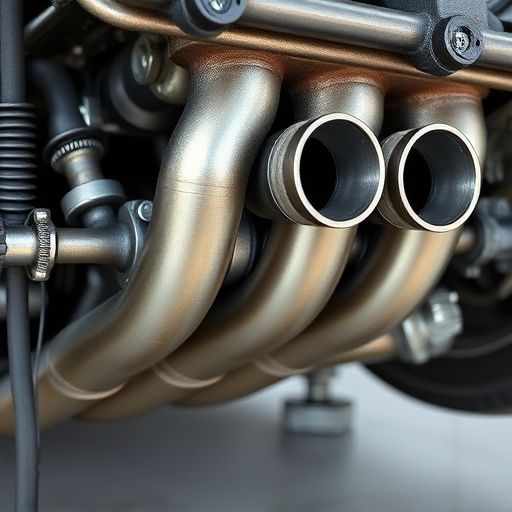
Car suspension parts are critical for vehicle handling and comfort, with various types like springs,…….
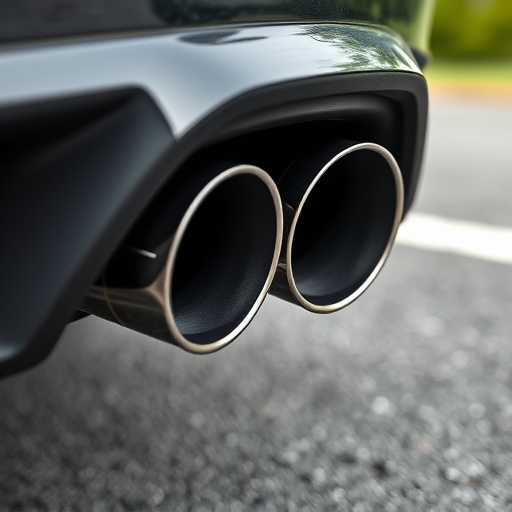
Car suspension parts, including shock absorbers, springs, and control arms, are critical for vehicle…….